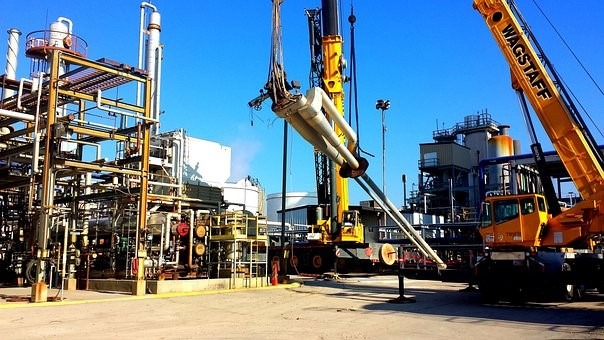Although it is suffering the computer, mobile, and car industries, the problem is far greater. The issue of chips is affected by all industries in the digitalization process, including consumer electronics, home appliances, the industry of solar panels and electricity, the Internet of things, and the production of LED bulbs and economical lighting bodies.
Even though some of the analyzes claim that global offer and demand will be balanced during the first quarter of 2024, in the case of additional negative movements, which are certain, recovery can be postponed for six to nine months.
The latest report of the International Consulting House Horváth says the lack of semiconductors could last until the end of next year.
The reason for the long-term disorder lies in the exceptional sensitivity of this high-tech product and the least changes in the market, but also in huge demand, which is on the rise. According to the latest analysis, the unique characteristics of this component, of which the modern world depends on the shortest.
Robert Chezela-Piljac from the International Consulting House Horváth said that chips used extremely complex technology and free capacities to quickly increase production so that she would take a step with growing demand, almost no existence. The introduction phase of new products, design changes, and extension of existing production lines sometimes lasts up to a year, and each, even the smallest change in such highly specialized production processes, can significantly affect the performance of the factory and delivery time.
Some economies will recover before
However, it is assumed that the semiconductor market will break through the $ 1,000 billion annual limit, which is a strong rise in e-mobility, internet things (IoT), and technologies for reducing climate change and environmental protection.
The shocks influenced by the semiconductor industry began closing factories and production cuts throughout Southeast Asia at the beginning of 2020 due to the pandemic of the Koron Virus. After that, in a relatively short period, the re-initiation of the economy has resulted in exceptional demand for this type of product. In 2022, it brought quite new challenges in economic and geopolitical terms, said a statement.
Certain economies, especially Western European, could recover earlier. However, tensions, mainly in connection with the war in Ukraine and current COVER limits in certain parts of Asia, will significantly extend that recovery. Therefore, there is a possibility that the shortage will be extended until the end of the coming year.















